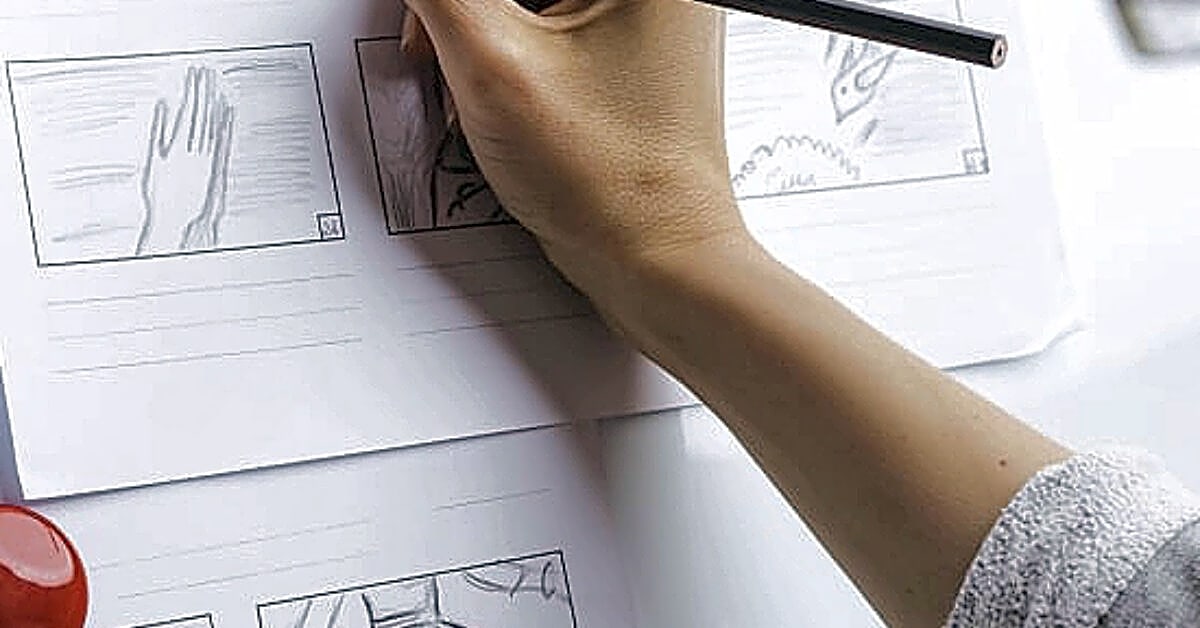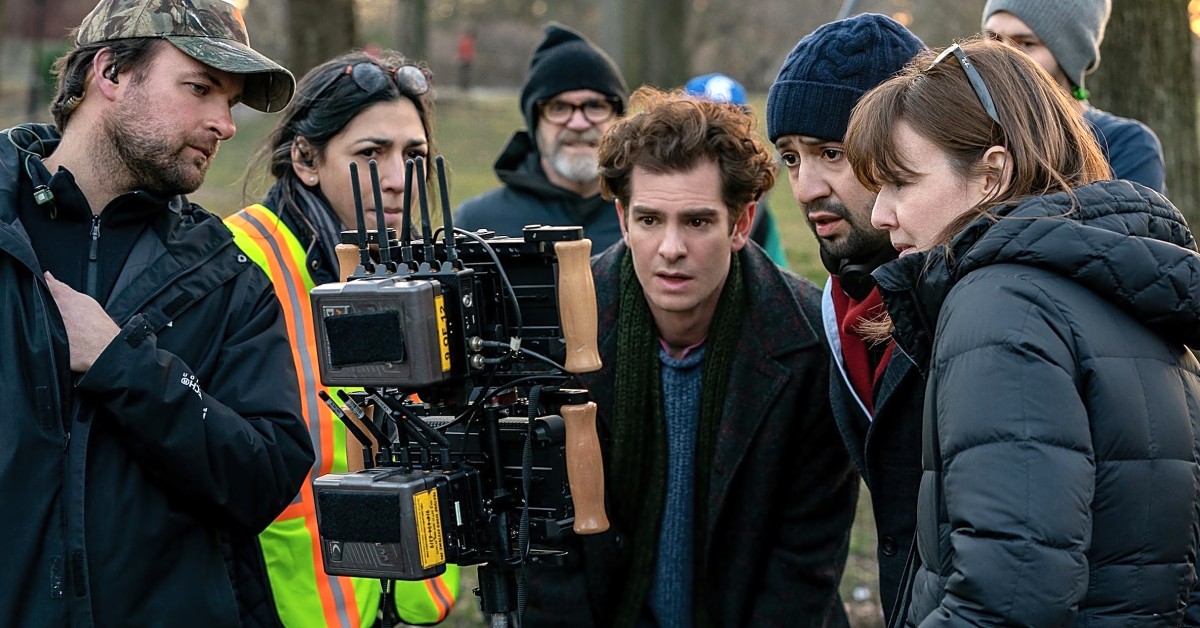In the fast-paced world of video production, time is of the essence. Every second counts when it comes to creating captivating content that will engage and entice audiences. That’s where storyboarding and shot planning come in. These crucial pre-production techniques serve as the foundation for any successful video project, ensuring that the end result is not only visually appealing, but also strategically planned and executed. In this article, we will delve into the world of storyboarding and shot planning, exploring their importance in enhancing operational leadership in video production. From understanding the basics of storyboarding to utilizing the power of TF-IDF for optimal shot planning, we will cover all aspects of these essential techniques. So, if you’re a video producer or simply interested in the world of video production, read on to discover how storyboarding and shot planning can take your projects to the next level.
Storyboarding is a visual representation of a video project, where each frame of the video is sketched out to create a rough outline of the final product. This technique helps in planning out the shots and scenes, which is essential for effective management and team building. Shot planning, on the other hand, involves creating a detailed plan for each shot, including camera angles, lighting, and movements. This not only helps in improving the overall quality of the video but also helps in making important decisions during the production process. For instance, if a certain shot is not possible due to budget constraints or time limitations, the shot plan can be adjusted accordingly without affecting the overall vision of the project.
Both storyboard and shot planning are crucial for problem solving and decision making in video production. By having a clear visual representation of the project, operational leaders can identify potential issues or obstacles beforehand and come up with solutions to overcome them. This not only saves time but also helps in maintaining the efficiency of the production process. Additionally, shot planning allows for better communication between team members as everyone has a clear understanding of what needs to be achieved. This promotes teamwork and ensures that everyone is on the same page, leading to a smoother production process.
Storyboarding and shot planning also play a significant role in process improvement. By having a structured plan in place, operational leaders can identify areas that need improvement and make necessary changes for future projects. This not only helps in streamlining the production process but also ensures that the end result meets the desired standards.
While some may argue that storyboard and shot planning limit creativity and spontaneity, it is important to note that these techniques serve as a guide, not a strict rulebook. Creativity can still be incorporated within the planned shots and scenes, while maintaining a level of structure and organization. In fact, having a solid plan in place can actually enhance creativity by allowing for more focus and attention to detail.
The Role of Shot Planning
use HTML structure with shot planning only for main keywords and
Shot planning is a crucial aspect of video production that helps in problem solving, decision making, and process improvement. It involves carefully planning and organizing each shot to ensure that it aligns with the overall vision of the project. This not only helps in creating a cohesive final product, but also allows for efficient problem solving and decision making during the production process. Shot planning also plays a key role in process improvement, as it allows for the identification of potential issues and areas for improvement. By having a clear plan for each shot, operational leaders can effectively manage resources and streamline the production process, ultimately leading to a successful end result.
, do not use “newline character”
The Importance of Storyboarding
Storyboarding is an essential tool for effective management and team building. It serves as a visual representation of the entire video production process, providing a clear roadmap for the team to follow. This not only helps in streamlining the production process, but also ensures that everyone is on the same page and working towards a common goal.
Additionally, storyboarding allows for better communication and collaboration among team members. By providing a visual reference, it becomes easier for team members to understand their roles and responsibilities, as well as the overall vision for the project. This can lead to improved teamwork and a stronger sense of unity within the team.
Furthermore, storyboarding also plays a crucial role in problem solving and decision making. As the team works through the storyboard, they are able to identify potential challenges and come up with solutions in advance. This not only saves time and resources, but also helps in avoiding any major roadblocks during the production process.
In conclusion, storyboarding is an integral part of video production and is essential for effective operational leadership. It not only helps in streamlining the production process, but also promotes teamwork, problem solving, and decision making. As such, operational leaders must have a thorough understanding of storyboarding to ensure the success of their video projects.
Balancing Structure and Creativity
Storyboarding and shot planning are often seen as limiting factors in the creative process of video production. However, this is a common misconception. In reality, these techniques serve to balance structure and creativity, allowing for a more efficient and effective production process.
When creating a storyboard, the focus is on the overall structure and flow of the video. This helps to ensure that the final product will be cohesive and tell a clear story. However, within that structure, there is still room for creativity. The storyboard serves as a guide, but it does not dictate every single shot or detail. This allows for flexibility and creative choices to be made during the actual filming.
Similarly, shot planning also involves balancing structure and creativity. By carefully planning each shot and its purpose in the overall video, the production team can ensure that every scene contributes to the story being told. However, this does not mean that creativity is stifled. In fact, having a clear plan in place can often spark new ideas and allow for more creative shots and angles to be captured.
In essence, storyboarding and shot planning do not restrict creativity, but rather enhance it. By providing a solid foundation and framework, these techniques allow for more focused and purposeful creative decisions to be made. This not only improves the overall quality of the video, but also helps to streamline the production process.
In conclusion, storyboard and shot planning are crucial aspects of video production that cannot be overlooked by operational leaders. These techniques not only help in effective management and team building, but also play a significant role in problem solving, decision making, and process improvement. By incorporating these practices into their leadership style, operational leaders can ensure the success of their video production projects.







